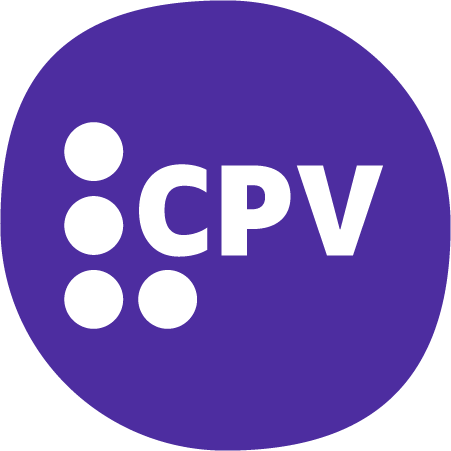Context
Currently, a person with a visual impairment such that he is prevented from having visual access to documents (web page, pdf document, electronic school textbook, etc.), uses to access a software application called screen reader which allows you to give access to part of the visual information displayed on the screen. The screen reader can be paired with 2 types of output devices: a braille display which allows dynamic display of text information in a tactile form and / or text-to-speech which allows audio access to documents.
While these assistive technologies have improved considerably, blind readers / users (NVs) continue to have difficulty accessing information. These difficulties can result in a very long time invested to reach the goal, or even an impossibility of reaching the goal pursued, and / or in a very high dissatisfaction (Lazar et al. 2007; Leporini and Paternò 2008; Power et al. 2012).
With the evolution of the web, interfaces have become considerably more complex to become rich interfaces (Giraud, 2014), that is to say that they do not just present information but offer methods of rich and varied interaction. Thus, digital accessibility does not only refer to the question of accessibility of content but also to that of navigation functions and more broadly that of interaction functions associated with a digital document. On the societal level, given the place that digital occupies in all spheres of an individual’s life, it is clear that the possibility of performing a certain number of tasks using digital (eg, doing a request for unemployment benefit, finding, reading and understanding a job offer, acquiring knowledge in the context of distance vocational training, booking a train or plane ticket etc.) is decisive for integration professional and social of individuals (Buaud, Roussel, Burger, & Archambault, 2001). However, from this point of view, the figures are eloquent and sad: people with a visual handicap (1 French in 1000 including 15000 have learned Braille; and only 7000 would use it. In addition, the aging of the population mechanically increases the public NV) overall have a lower level of qualification than the general population and half of the French blind are unemployed (Liberation of January 5, 2016). Accessibility is therefore considered to be a “condition of autonomy and a major lever for inclusion” (Folcher & Lompré, 2012, p. 92).
Goals
Web information is characterized by a multi-application, multitasking, multi-object logic and marked visual structuring (Giguet & Lucas, 2012). Technologies are struggling to provide users with visual disabilities equivalent to information configurations structured in complex layouts. However, these properties, called Material Formatting (MFM), allow non-sequential reading strategies; moreover, recent works in linguistics and psycholinguistics confirm that they are meaningful and help to make a written text more understandable (Lemarié, Lorch, Eyrolle & Virbel, 2008; Virbel 2015); other studies have shown that the lack of restitution of these MFM properties impairs the understanding of texts automatically oralized by sighted (Lorch, Chen, & Lemarié, 2012; Sorin, 2015) and blind people ( Sorin 2015). The problematic of the thesis concerns the non-visual transposition of these possibilities inherent in the written medium. In this context, the general objective of the work is to contribute to improving the accessibility of interactive applications using complex interfaces for blind readers / users.
While numerous computer studies have improved the coverage and quality of tactile or audio reproduction of specific devices such as tables (Cofino, 2014), mathematical formulas (Awde, 2009; Murphy, 2010), graphics such as for example geographical maps (Brock, 2015), simple geometric shapes (Gapenne et al. 2003; Pietrzak 2008) or more generally the visual structures of texts (Sorin, 2014), the potential limits of this approach are to place the user in a deleterious passive posture to maintain a cognitive commitment in the processing of information and also to increase the amount of information transmitted, even as the tactile and audio modalities, imposing a sequential and non-permanent access to information , impose a significant cognitive cost.
The main objective of the thesis project is to propose solutions to help a blind user in reading, navigation, information retrieval and decision-making functions in an interaction task with “hypertextual” documents. . The study will focus on the Amadeus system electronic ticketing and reservation application (http://www.amadeus.com). The corpus can thus be seen as a multidimensional space where each dimension is constituted by a page image representing its architecture and where the different page images maintain relationships of different natures.
